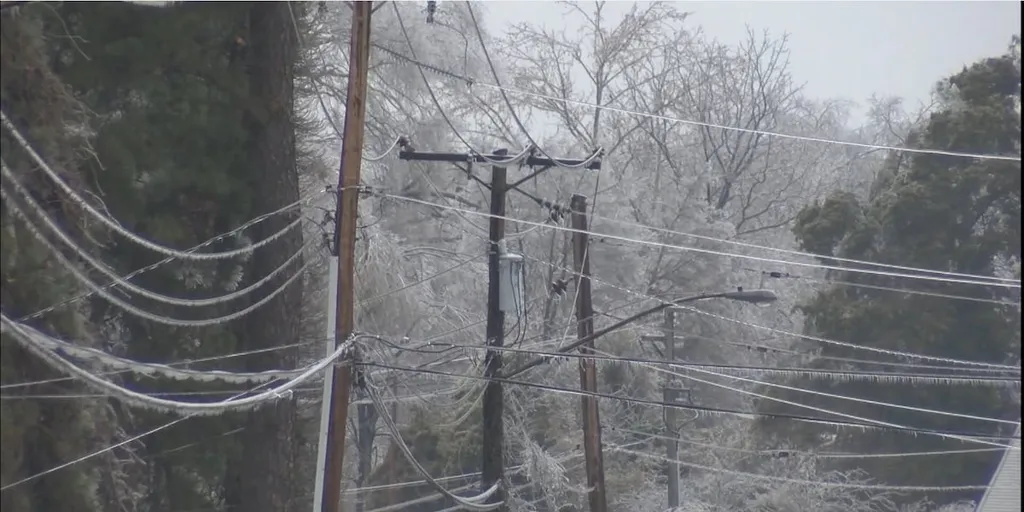Winter will be soon here in a couple of weeks, and that means the potential for snow grows due to colder temperatures. Though over the course of winter snow isn't the only thing that can fall from the sky.
Rain can still fall during winter. In fact, last winter in Central Virginia was the rainiest on record with almost 18 inches of rainfall in the area, though we all commonly tie winter to snow among other things during the colder months. When it comes to forecasting in the winter, air temperatures well above the surface are important when it comes to winter precipitation types.
Meteorologists examine air temperatures thousands of feet above us to determine what kind of precipitation falls from the sky.
Typically, winter precipitation all starts out as snow due to the cold nature of cloud tops, but how warm or cold the air is below determines what we see fall to the ground.
Freezing rain forms when snow falls through a larger area of above freezing temperatures. The snow completely melts on its way to the surface before freezing on contact. Ice storms can lead to devastating impacts around the region with downed tree limbs and power lines.
Our last significant ice storm in February 2021 crippled many areas with power outages and downed thousands of tree limbs throughout the region. Many were without power for days.
Sleet forms similarly to freezing rain, only that it refreezes while falling. This happens with the freezing layer of atmosphere is thicker near surface.
Sleet unlike freezing rain doesn't cause as much headaches as it is much easier to clear away.
Sleet being frozen raindrop has similar characteristics to snow. Significant accumulation of sleet last occurred also in February where an inch and a half fell in some areas.
Snow, of course, is what everyone expects to fall from sky when colder months arrive. How much snow and what kind depends on an area called dendritic growth zone—an area between 14 and -4 degrees Fahrenheit determining type/size flake falling earthward.
The last time Central Virginia saw significant snow was in 2018 when 11.5 inches reported at Richmond International Airport..
As far as snowfall outlook concerned—it doesn’t look like we'll be seeing much this season regardless falls First Alert Weather team aims give heads up headed your way this winter
